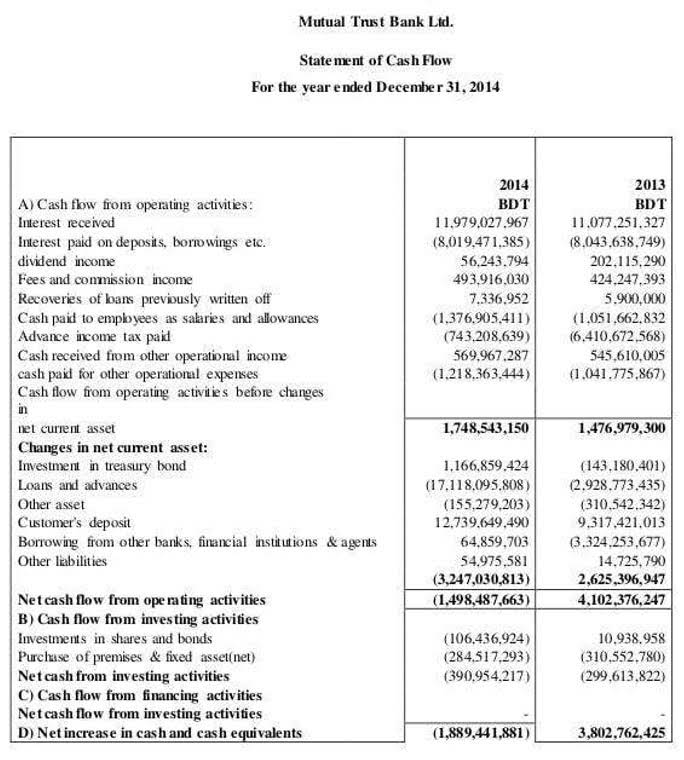
As shown in the income statement above, salaries and benefits, rent and overhead, depreciation and amortization, and interest are all period costs that are expensed in the period incurred. On the other hand, costs of goods sold related to product costs are expensed on the income statement when the inventory is sold. They are the costs that are directly and indirectly related to producing an item. Both product costs and period costs directly affect your balance sheet and income statement, but they are handled in different ways. Product costs are always considered variable costs, as they rise and fall according to production levels.
Scope of product
- However, it may pay off in the long run if they deliver high-quality code.
- Based on our variable costing method, the special order should be accepted.
- The type of labor involved will determine whether it is accounted for as a period cost or a product cost.
- Product costs also include Depreciation on plant, expired insurance on plant, production supervisor salaries, manufacturing supplies used, and plant maintenance.
- During 2018, the company manufactured 1,000,000 phone cases and reported total manufacturing costs of $598,000 (around $0.60 per phone case).
And while product costs focus on the creation of goods or services, period costs represent the broader expenses necessary to sustain the business’s overall operations and facilitate growth. Period costs are not assigned to one particular product or the cost of inventory like product costs. Therefore, period costs are listed as an expense in the accounting period in which they occurred. While product costs are directly tied to the creation and development of a software product or technology solution. Period costs are the expenses that a company incurs during a specific accounting period but aren’t directly related to the product’s development. Rent can be recorded as a period cost or a product cost, depending on the purpose of the facility.
Understanding product cost: a general overview
Someone on our team will connect you with a financial professional in our network holding the correct designation and expertise. Our writing and editorial staff are a team of experts holding advanced financial designations and have written for most major financial media publications. Our work has been directly cited by organizations including Entrepreneur, Business Insider, Investopedia, Forbes, CNBC, and many others. This team of experts helps Finance Strategists maintain the highest level of accuracy and professionalism possible. Our team of reviewers are established professionals with decades of experience in areas of personal finance and hold many advanced degrees and certifications.
Why product cost is important for product managers

For example, the fee for a consulting service offered by external management consultants is a period cost, but it is not mentioned in any of the categories above. It is a period cost since it is not directly included in the manufacturing total period costs process of inventory, and it does not fit in any of the listed titles. The preceding list of period costs should make it clear that most of the administrative costs of a business can be considered period costs.
- Product costs help businesses figure out how much it truly costs to make each item they sell, helping set prices for profit.
- Get instant access to lessons taught by experienced private equity pros and bulge bracket investment bankers including financial statement modeling, DCF, M&A, LBO, Comps and Excel Modeling.
- Product costs are often treated as inventory and are referred to as “inventoriable costs” because these costs are used to value the inventory.
- Now that we have taken a bird’s eye view of the matching principal, let’s look into the meanings of and difference between product costs and period costs.
- Operating expenses are the funds a business pays regularly to stay in business – rent, salaries, and advertising costs, to name a few.
- In other words, period costs are related to the services consumed over the period in question.
What are ways to reduce or eliminate period expenses?
For information pertaining to the registration status of 11 Financial, please contact the state securities regulators for those states in which 11 Financial maintains a registration filing. These costs include items that are not related directly to the primary function of a business, such as paying utility bills or filing legal suits. Product expenses are part of the cost of producing or acquiring an asset.
The difference between product costs and period costs
Management can plan by diversifying decision-making teams, skill development, using technology effectively, and engaging in ongoing communication with suppliers and other stakeholders. Businesses can plan by diversifying decision-making teams, skill development, using technology effectively, and engaging in ongoing communication with suppliers and other stakeholders. What remains is the total amount of expected expenditures during the period.
Product costs influence the Cost of Goods Sold (COGS) on the Income statement
- The articles and research support materials available on this site are educational and are not intended to be investment or tax advice.
- First, it is important to know that $598,000 in manufacturing costs to produce 1,000,000 phone cases includes fixed costs such as insurance, equipment, building, and utilities.
- You also include wages of employees not involved in the production process and their payroll taxes.
- They are typically incurred during the manufacturing process and may include the cost of direct materials and supplies, factory utilities and equipment setup costs.
- Let’s look at a few examples of period costs to illustrate the concept.
- Therefore, the cost of inventories (Cost of Goods Sold, or COGS) is the same as product costs.
For example, an in-house employee will expect benefits like paid time off, workspaces, and equipment. In this example, the calculated total operating cost for the second quarter is $22,300. You’ll also be able to spot trouble spots or overspending in administrative areas or if overhead has ballooned in recent months. Get instant access to lessons taught by experienced private equity pros and bulge bracket investment bankers including financial statement modeling, DCF, M&A, LBO, Comps and Excel Modeling. We follow strict ethical journalism practices, which includes presenting unbiased information and citing reliable, attributed resources.
AccountingTools

